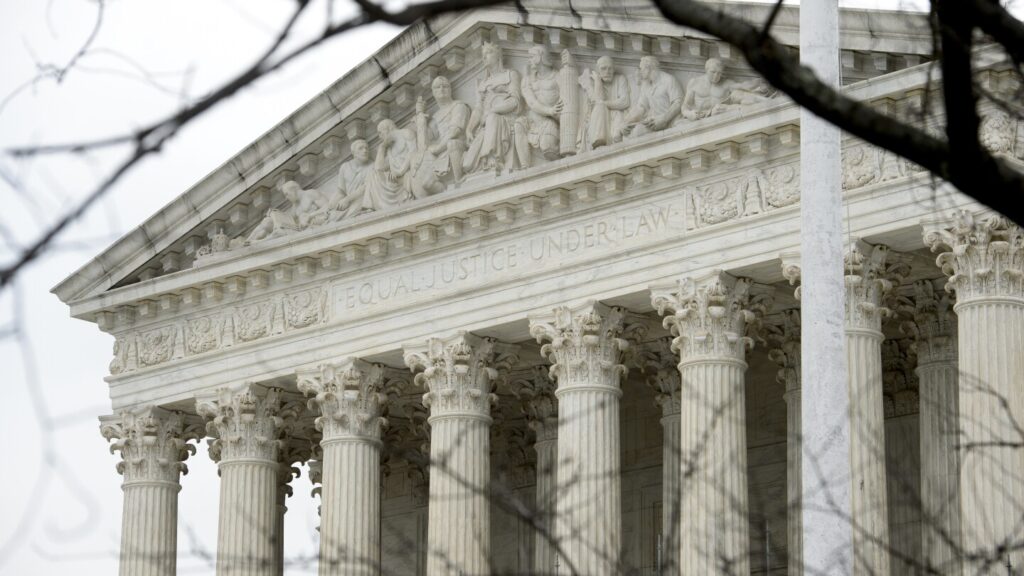
WASHINGTON (AP) — In a landmark decision on Friday, the Supreme Court upheld a Texas law designed to prevent children from accessing online pornography. This ruling reflects a growing trend among states to impose age verification requirements on adult websites, a response to the increasing ease with which minors can access explicit content through smartphones and other digital devices.
The court’s decision was split along ideological lines, with a 6-3 ruling. The majority opinion, penned by Justice Clarence Thomas, concluded that the law does not significantly infringe upon adults’ free-speech rights.
“Adults have the right to access speech obscene only to minors … but adults have no First Amendment right to avoid age verification,”
Thomas wrote. The ruling was a setback for the Free Speech Coalition, an adult-entertainment industry trade group that challenged the Texas law.
Implications of the Ruling
The decision represents a significant victory for advocates of stricter online content regulations. Texas Attorney General Ken Paxton, a Republican, hailed the ruling, stating,
“Companies have no right to expose children to pornography and must institute reasonable age verification measures.”
The National Center on Sexual Exploitation suggested that the ruling could encourage more states to adopt similar laws to protect minors from exposure to pornography.
However, the Free Speech Coalition expressed concerns about the impact on adult users. Alison Boden, the coalition’s executive director, described the ruling as disastrous, arguing that it imposes an undue burden on adults by requiring them to provide personal information, potentially exposing them to privacy risks.
“Minors have already found ways to find sexual content online despite the law and its massive chilling effect on adults,”
Boden stated.
Privacy and Free Speech Concerns
The age verification requirements specifically target websites with a substantial amount of sexual content, rather than search engines or social media platforms that might also lead users to such material. This distinction has raised concerns among privacy advocates and free speech proponents.
Samir Jain, vice president of policy at the Center for Democracy & Technology, emphasized the potential repercussions of the decision.
“The court’s decision overturns decades of precedent and has the potential to upend access to First Amendment-protected speech on the internet for everyone, children and adults alike,”
Jain warned.
Historical Context and Legal Precedents
The Supreme Court’s ruling marks a departure from previous decisions regarding online content regulation. In 1996, the court struck down parts of a law that banned explicit material accessible to minors online. Similarly, in 2004, a divided court ruled against a federal law aimed at preventing children from accessing pornography, though it upheld less restrictive measures like content filtering.
Texas argues that advancements in technology over the past two decades have made it feasible for online platforms to verify users’ ages efficiently, drawing parallels to ID checks at physical adult stores, which were upheld by the Supreme Court in the 1960s. This argument has been persuasive in recent appeals court decisions that have reversed initial blocks on similar laws in Indiana and Tennessee.
Looking Ahead
The Supreme Court’s decision is likely to have far-reaching implications, potentially influencing legislative efforts across the country. As states continue to grapple with the challenge of regulating online content, the balance between protecting minors and preserving free speech remains a contentious issue.
While the ruling provides a legal framework for states to enforce age verification, it also underscores the ongoing debate over privacy and the extent to which government regulations should intrude into the digital realm. As technology continues to evolve, so too will the legal and ethical considerations surrounding internet access and content regulation.







